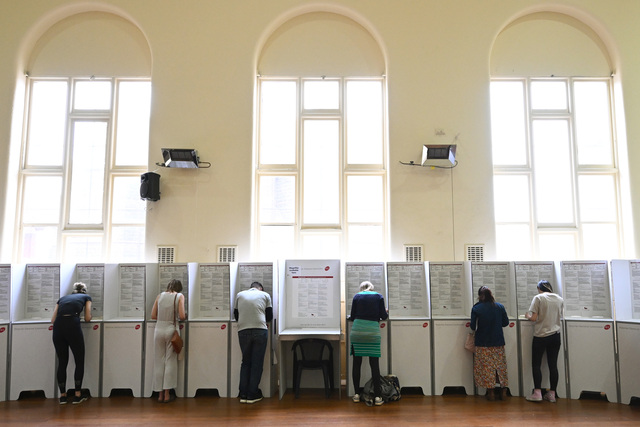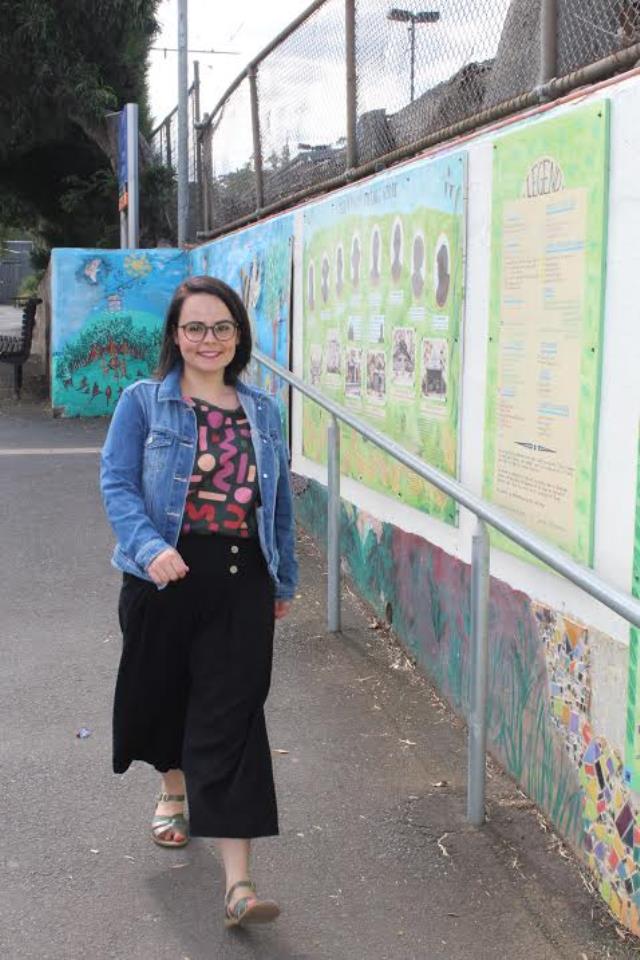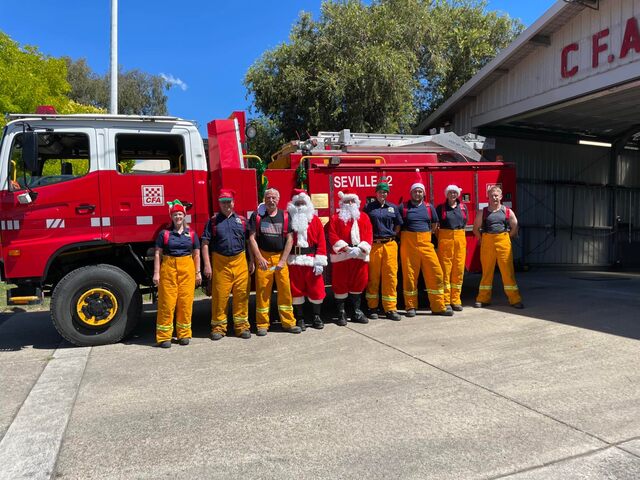With Saturday 3 May announced as the date for the 2025 Federal election, the Star News Group closed its Federal Election Survey to peruse the views of its readership across its publications around the country.
Here’s an overview of what readers of the Star Mail papers (Ranges Trader, Ferntree Gully Belgrave, Mt Evelyn, Lilydale, Upper Yarra and Mountains Views) had to say in the lead up to election day.
Mountain Views readers made up the majority of the 114 respondents (28.9 per cent), followed by Lilydale (26.3 per cent), Ranges Trader (20.20 per cent), Upper Yarra (16.7 per cent), Ferntree Gully Belgrave (6.1 per cent) and Mt Evelyn (1.8 per cent).
Of the respondents, 61-75 year olds were the most prevalent (61.4 per cent of the total), with 41-60 year olds (22.8 per cent), Over 76 (11.4 per cent), 26-40 year olds (4.4 per cent). No one under the age of 26 responded to the Star Mail survey.
When asked for their least and most important political issues, local readers had varying and even conflicting opinions:
The top five most common ‘extremely important issues’ were Health Services, Inflation (Cost of Living), National Roads and Rail Infrastructure, Climate Change Policies and Electricity Prices.
The issues most commonly deemed ‘least important’ were Broadband Internet Access, Water Infrastructure, Immigration and Border Control, Climate Change Policies and Electricity Prices.
On the topic of energy and the environment, 50.9 per cent of all readers said they want to prioritise reducing carbon emissions, while the remaining 49.1 per cent favoured whatever results in the cheapest electricity prices. A small majority of respondents (58.8 per cent) said they do not support nuclear energy in Australia, but when asked if they would support a nuclear plant in their area, only 33.3 per cent said yes.
Respondents most want to see federal funding for local hospitals increase (54.4 per cent) over local infrastructure projects (19.3 per cent), defence (7.9 per cent), local national highways (6.1 per cent). 12.3 per cent had ‘other’ areas in mind for federal funding.
58.8 per cent of respondents wanted to reduce immigration, with 35.5 per cent wanting to keep it the same and 8.8 per cent in favour of boosting it.
At the time of taking the survey, the majority (55.3 per cent) of respondents indicated they were likely to vote for a major party candidate (Labor or Coalition), while 29.8 per cent indicated they would vote for an Independent candidate and 14.9 per cent for a minor party.
For the remaining questions, respondents were asked to indicate their thoughts on a few topics on a scale from one to five, with a five being the highest. Respondents were asked how significant social media’s influence is on public discourse and political decision-making in Australia, how important improved national road and transport infrastructure is to them and how concerned they are about global security and housing affordability in their region.
Respondents were particularly passionate about all of these issues, with ‘five’ emerging as the dominant response in every category (in the order previously listed) accounting for 40.4 per cent, 40.4 per cent, 41.2 per cent and 46.5 per cent of the vote.
Social media having a significant impact was a pretty widely shared view with 26.3 per cent of respondents picking ‘four’ as their answer, 20.2 per cent selecting ‘three’, 8.8 per cent selecting ‘two’ and only 4.3 per cent selecting the lowest option of ‘one’.
Improved national road and transport infrastructure was similarly valued with respondent choices also scaling down from ‘five’; 26.3 per cent voted ‘four’, 15.8 per cent for ‘three’, 9.6 per cent for ‘two’ and 7.9 per cent for ‘one.’.
28.1 per cent picked ‘four’ as a representation of their global security concerns, 13.2 per cent chose ‘three’, 9.6 per cent selected ‘two’ and 7.9 per cent selected ‘one’.
21.9 per cent of respondents rated their concern for housing affordability in their region as a ‘four’, 14.9 per cent at ‘three’, 9.6 per cent at ‘two’ and 7 per cent at ‘one’.







